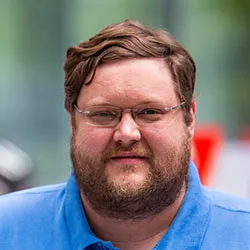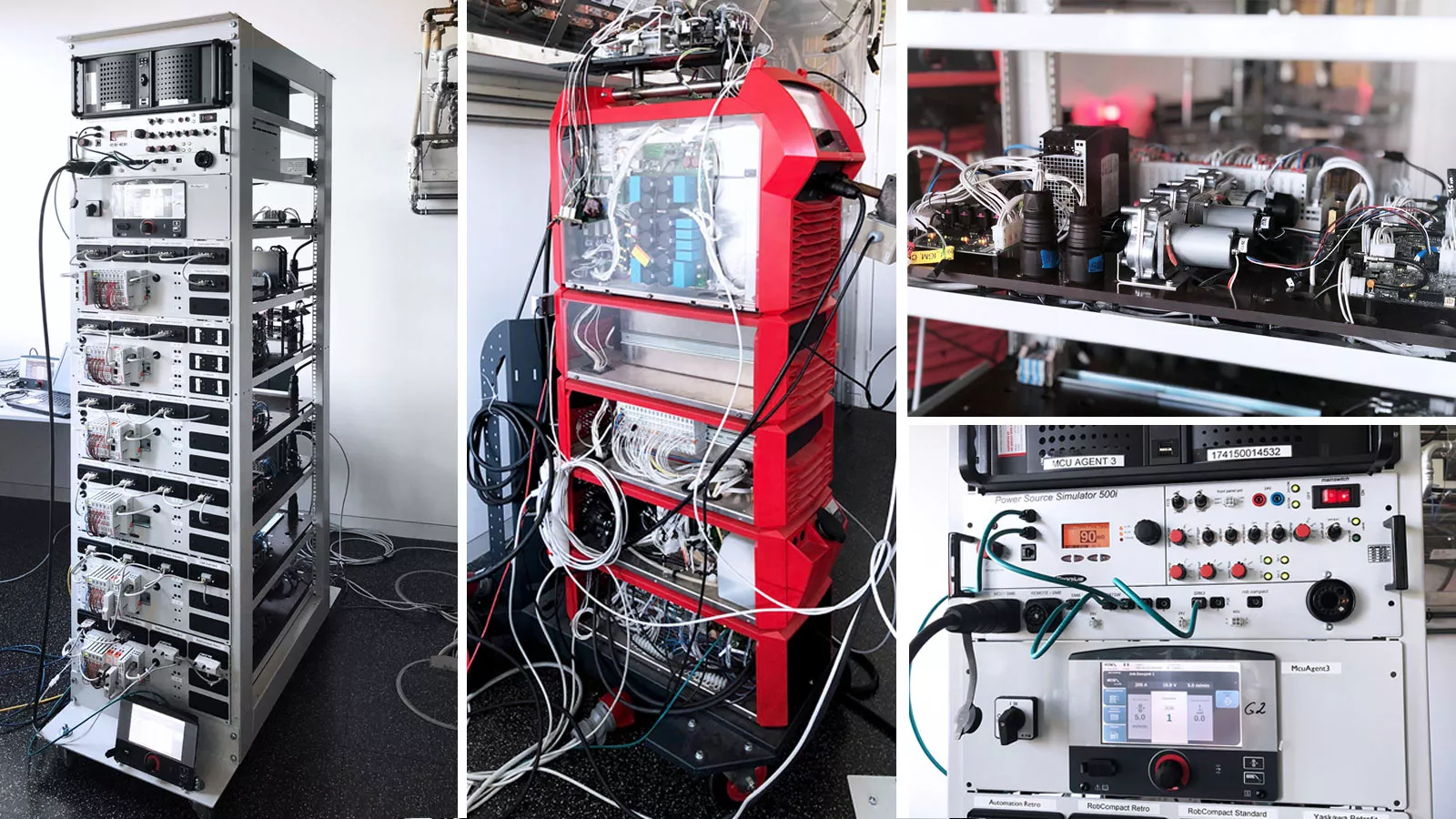Troubleshooting between the linesSoftware testing when developing welding systems
Do you still remember the first launch of Ariane 5? On June 4, 1996, the rocket developed by the European Space Agency (ESA) set out on its maiden flight – although this only lasted 37 seconds. Shortly after lift-off, it suddenly veered off its flight path, broke up, and exploded. The loss: about 370 million US dollars. The reason: a software error – and the most expensive and best-known one in history, at that.
Of course such dramatic consequences are not usually to be expected if a welding system malfunctions, but nevertheless, the software in welding technology also has to meet challenging and complex demands. An increasing number of functionalities must be integrated, and the level of networking with other systems is steadily rising. At the same time, it is extremely important to have comprehensive protection against tampering and hacker attacks, because these can cause expensive losses and dangerous defects in production.
VERSION DIVERSITY MAKES SOFTWARE INCREASINGLY COMPLEX
What is more, the version diversity when configuring welding systems is almost limitless. The current Fronius TPS/i system platform, for instance, involves several power sources, wirefeeders, welding torches, remote controls, robot interfaces, and much more, in each case. “This produces millions of possible combinations, all of which have to be reflected in the software,” relates Rene Allerstorfer, Team Leader Hard- and Software Engineering Testing at Fronius. With Weld OS, the company has developed a platform for the entire TPS/i family, which can be adapted to each welding system as required.
“Errors cannot be totally excluded in software with code consisting of thousands, hundreds of thousands, or even millions of lines,” explains Allerstorfer. “We still try to keep these to a minimum as far as possible, of course, in order to improve quality.” This starts from the first contact with the customer, because the demands made on welding technology here determine the functions of the software that the developer has to implement later on. “The more exactly we know what the customer needs, the better we can align our systems to what is required,” stresses Allerstorfer.
AUTOMATED TESTS 24/7
Before delivery, all Fronius welding systems undergo comprehensive tests – at hardware and software level. Automatic stability tests, for example, are taking place on different systems in the Fronius research department 24/7. Simulation boxes are used to carry out realistic welding processes, and the results are saved to servers and analyzed.
The automatic tests help Fronius developers to design increasingly complex software that is safe, reliable, and user-friendly. “Ensuring our products are tested in line with how they will ultimately be used by the customer is important,” explains Allerstorfer. “The manual tests are therefore just as important as the automatic ones. They make it easier to grade the quality, as you are working directly with the product.” This is the only way that specialists can find out whether operation and functionality are in line with the user’s needs, and whether the Fronius welding system can be delivered to the customer with a clear conscience.

We derive different test cases based on customer requirements, and try to cover every conceivable scenario. But because there are so many, we automate them, so that we have to spend as little time as possible carrying out tests.

